Dear Editor,
Love your magazine and never miss an issue, especially articles about paratrooper exploits. I must, however, correct a Communique (letter) in your February 2001 issue where a C.F. Eckhardt claims Red Buttons played himself in the movie The Longest Day. Mr. Eckhardt is mistaken; the trooper who hung from the church tower in St. Mere Eglise was Private John Steele of F Company, I believe, 505 Parachute Infantry Regiment, 82nd Airborne Division, and was an acquaintance of a friend of mine who also made that jump. Buttons just portrayed the role of Steele in the movie. The story is referenced in Cornelius Ryan’s book of the same name.
Respectfully,
Charles C. Massey
Dear Military Heritage:
I’m upset that a military history magazine would print as gross an inaccuracy as the one I found in your February 2001 letters section. A letter from C.F. Eckhardt contained an often repeated but false story that Red Buttons recreated his own role from the D-Day invasion in The Longest Day and you printed it without verifying it.
The real trooper who got hung up on the church steeple was Private John Steele of the 82nd’s 505th Regiment. During the war, Red Buttons appeared on Broadway and entertained troops throughout the European theater.
You have done a huge disservice to Steele and to your readers by printing such a hoary chestnut without first checking your facts.
Robert Harris
Counter-criticism
Dear Editor,
Normally I do not feel compelled to write to a publication. But after reading the communique in the February 2000 issue by Mr. Lovenson, I had to. I just wanted to rally to your side. I and many others, judging by your readership, are quite happy with Military Heritage.
I find Mr. Lovenson’s examples quite laughable. [Mr. Lovenson had criticized Military Heritage for covering military campaigns generally well known, especially in the Civil War and World War II eras, and for not uncovering more “new and refreshing slants.”] Do we see his name anywhere at the top of a list of scholars? Is he general editor of any other military history magazines? No!
Thank you for publishing a wonderful magazine that reminds us of one of the more important aspects of history, namely warfare.
I think you are doing a very credible job.
Christopher Kunch
Lake in the Hills, Illinois
The Iron Brigade Enthralls
Dear Editor:
Todd Berkoff’s “The Iron Brigade at Brawner’s Farm” (February 2001) was a classic presentation of brigade/regiment-level combat. In just plain and easily understood language, unit size, movement, command, and purpose were put to paper and instantly understood by the enthralled reader.
As rapidly as volleys spewed death and destruction, the article highlights the Iron Brigade’s great efforts. Yet untold, the next day saw a Confederate victory while Gibbon’s command marched into history—a history to be magnified as the war progressed.
A classic magazine brings forth great, succinct articles.
Tom La Chinz
Platteville, Wisconsin
German Rank Distinctions
Dear Editor:
The article “Terror by Night: The German Zeppelin Raids of World War I” by Eric Niderost (February 2001) contained a couple of errors. Peter Strasser is referred to as being promoted to the rank of Fregatenkapitan, according to the author “the equivalent of a real admiral.” Arch Whitehead, in his excellent book The Zeppelin Fighters (Doubleday, 1966) lists Fregatenkapitan as equivalent to Commander, U.S. Navy. Strasser held the title of “Leader of the Airships, German Naval Air Division,” which may have been a Rear Admiral’s job, but didn’t carry a Rear Admiral’s rank.
Fregatenkapitan Peter Strasser, before his death in action, was awarded the “Ordre Pour le Merite,” not “Por le Merite” as the article suggests. This sort of solecism has been known to put high school French teachers into irreversible decline!
I really enjoy your publication, especially the wide variety of military topics you cover, and eagerly await each issue.
Sincerely,
Victor R. Kieser
The Siege of Jerusalem
Dear Editor:
I’ve been reading your magazine since last spring, and I’ve found it thoroughly enjoyable and informative. The February 2001 issue continued the superb quality of the publication.
For example, the article “Jerusalem” by Eric Niderost brought to life events surrounding one of history’s most important confrontations. If Sennacherib had defeated Hezekiah and had subjugated and depopulated Judah, the growth and development of humanity’s ultimate concept, monotheism, would have been radically interrupted and altered. Indeed, prominent military historian John Keegan has opined that perhaps this was history’s most significant military confrontation insofar as the destruction of the Judahite state would have crippled, and possibly ended, the cult of Yahweism and the emergence of Judaism; and without Judaism neither Christianity nor Islam are conceivable. For an interesting scholarly comparison from a more archeological/Egyptological perspective, readers may want to peruse the article, “Sennacherib’s Siege of Jerusalem” by Mordechai Eagan in Biblical Archeology Review (January/February 2001).
My only suggestion is that all articles be accompanied by at least one clear and comprehensible map illustrating the movements of the competing armies and the deployment and actions on the battlefield. The “First Battle of Tannenberg” by Michael Greaney was an excellent piece on a little-known battle, but clarity would have been enhanced with an illustrative map. I pulled a Rand McNally to track the movements of the Teutonic Knights and the Polish/Lithuanian forces. In addition, perhaps forthcoming articles could include an inset listing the order of battle for each army. This would provide a handy reference for remembering who commanded what forces and their numbers and type.
These are small quibbles to an otherwise fine publication. Continue the lively good work.
Cordially yours,
Jeff Olen
Butler, Pennsylvania
Tom Custer’s Medals of Honor
Dear Sirs:
As a charter subscriber to Military Heritage, I am always pleased with your editorial content, the quality of writing, and the variety of topics covered.
In the February 2001 Soldiers column written by Tom O’Neill, the header erroneously accords Thomas Ward Custer the distinction of being “the only one of two men ever to win the Medal of Honor twice.” In fact, he was the first (by 20 days) of 19 double winners of the medal, followed by four other U.S. Army personnel, seven U.S. Navy, and seven U.S. marines.
The authoritative reference on multiple awards of the MOH is Double Winners of the Medal of Honor by Dr. Raymond J. Tassin, 1986, which includes the relevant citations.
Autie Custer’s little brother Tom was a courageous and noteworthy soldier in his own right, and the distinction of being the first man whose heroism was twice recognized with the nation’s highest award for valor is forever his.
C.E. “Tex” Stone
Director, Center for Military and Aviation History
Albuquerque, New Mexico
Dear Editor:
Your February 2001 issue has an article regarding Tom Custer which I believe is in error. The title of the article indicates that Tom Custer (General George’s brother) was one of only two men to win the Medal of Honor twice. This is in error as I believe that there were a total of 19 double winner’s of our nation’s highest award. Seven won the Medal of Honor while serving in the U.S. Navy, seven also from the Marine Corps, and five from the U.S. Army. One of these men, a sergeant by the name of Dan Daly of the U.S. Marines should have won a third Medal of Honor for his action at Belleau Wood against the Germans during World War I but had to “settle” for the Navy Cross (our nation’s second highest award for bravery) as the Navy didn’t think anyone should have three! Why the movie industry has not made a movie on the guy is beyond me!
Sincerely,
Mike Stafford
Lake Oswego, Oregon
Latin American Coverage
Dear Editor:
The entire contents of each issue of Military Heritage brings such a good balance of many different military ages, from the 1st century military remarks to all major conflicts that our civilization has been going through. I have been reading military history for many years and have found that some magazines specialize in only 19th- and 20th-century wars. But Military Heritage gives a panoramic view of military history throughout all centuries, which I enjoy very much.
Since my background is of Latin American culture, I would like to suggest that you include some writing about the quest of San Martin, Bolivar, etc. for the independence of Latin America, as well as the collaboration of many South and Central American countries in events of World War II, in Korea, etc.
I hope you are able to include some of this subject in future issues; I am sure all of your readers would enjoy reading about these topics.
Eduardo Ugarte, Ph.D.
Hastings and Harald Hardrada Again
Dear Editor:
The February 2000 issue of Military Heritage was the first I have purchased of your publication. Overall, I found it to be very entertaining with a good mix of topics, and some nice visuals. But what compelled me to write was the article concerning the Battle of Hastings. The cover blurb was nice (it was what caught my eye), and the actual description of the battle was good.
But I very much took exception to the treatment of Harald of Norway, also known as Harald Hardrada, and a few other details that should never have been admitted, if one wanted a reader unfamiliar with the events to get a clear picture of what was happening.
I was offended by the off-hand statement declaring the rout of the Norwegians. It was hardly a rout. The Norwegians nearly decimated Harold’s house carles. [Harold was the defending English noble and is also known as Harold Godwinson.] Harald of Norway was not expecting battle [with Harold Godwinson], so only about two-thirds of his army was at Stamford Bridge [the battle between Harald and Harold that preceded the Battle of Hastings], and of those, most had left their armor with the ships due to the heat. Harald was only expecting to accept hostages from the city of York, which had agreed to surrender (until the unexpected arrival of Harold Godwinson).
Even under these circumstances, the Norwegians more than held their own in the battle. Eventually, the vast superiority of the Saxon archers and the lack of mail coats spelled defeat for the Vikings. If Harold Godwinson had been able to face William the Bastard [later knows as “The Conqueror”] before having to battle Harald Hardrada, English history could have been vastly different, and William would have probably stayed a bastard.
Another thing is that the English were actually very forgiving. They allowed the bulk of the Norwegian army to board their ships and sail back to Norway unopposed. I also feel that Tostig [Harald Godwinson’s brother] got rather shoddy treatment from Mr. Grant. By most accounts that I have read, Tostig was a violent, troublesome brother; Harold eventually disposed of his holdings and banished him. That was when Tostig went looking for powerful allies. From at least one account that I have read, Harold offered Tostig his former status and holdings if he would abandon Harald Hardrada. Admirably, Tostig refused the offer.
One last point that I feel needs clarifying is that Harald of Norway had at least as good a claim on the crown of England as did Harold Godwinson, and a far better claim than William, through Harald’s kinship with Erik Blood Axe.
As I said, I really enjoyed your magazine, and will continue to pick it up from time to time. I am an artist (as well as a history buff) and I think that your magazine will make a nice addition to my reference file. I would really like to see some more articles concerning the Viking Age.
Daniel Guy
APO address
Fanciful Paintings
Dear Editor:
Please be advised I have received and reviewed your latest propaganda dated December 2000. I would like to mention that we in this country [Canada] are rather more accustomed to seeing the truth in such supposedly historical publications.
To that end I wonder if you would consider a caption to your artist renditions indicating that indeed they are artists’ renditions born of a vivid imagination so that we can differentiate between them, the real thing, and the current manipulations of the film industry.
Dave Oltmann
Brockille, Ontario
Dear Mr. Oltmann,
We do publish paintings and often indicate they may not be historically accurate. Artists have taken liberties for thousands of years and we believe readers know this.
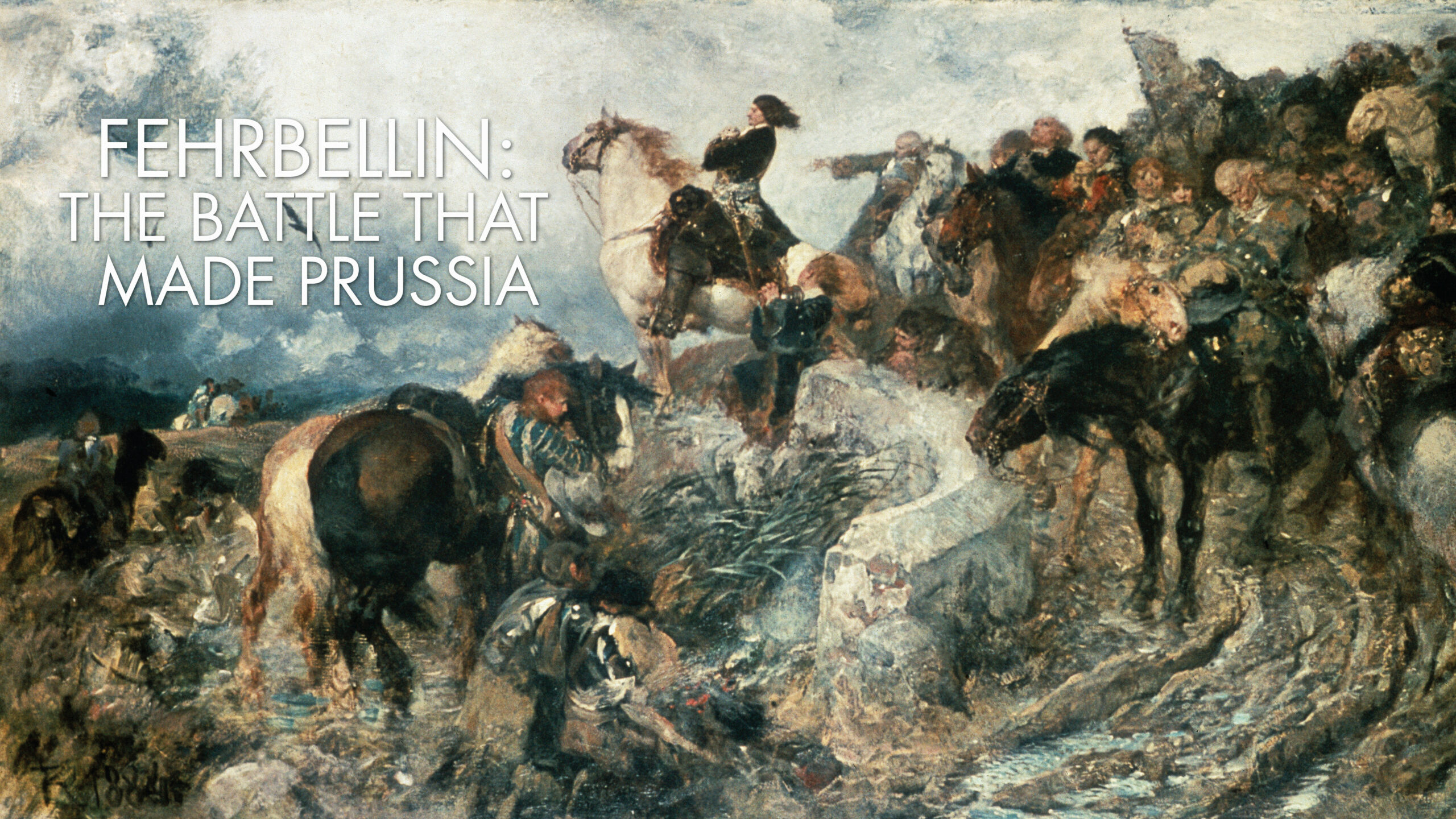
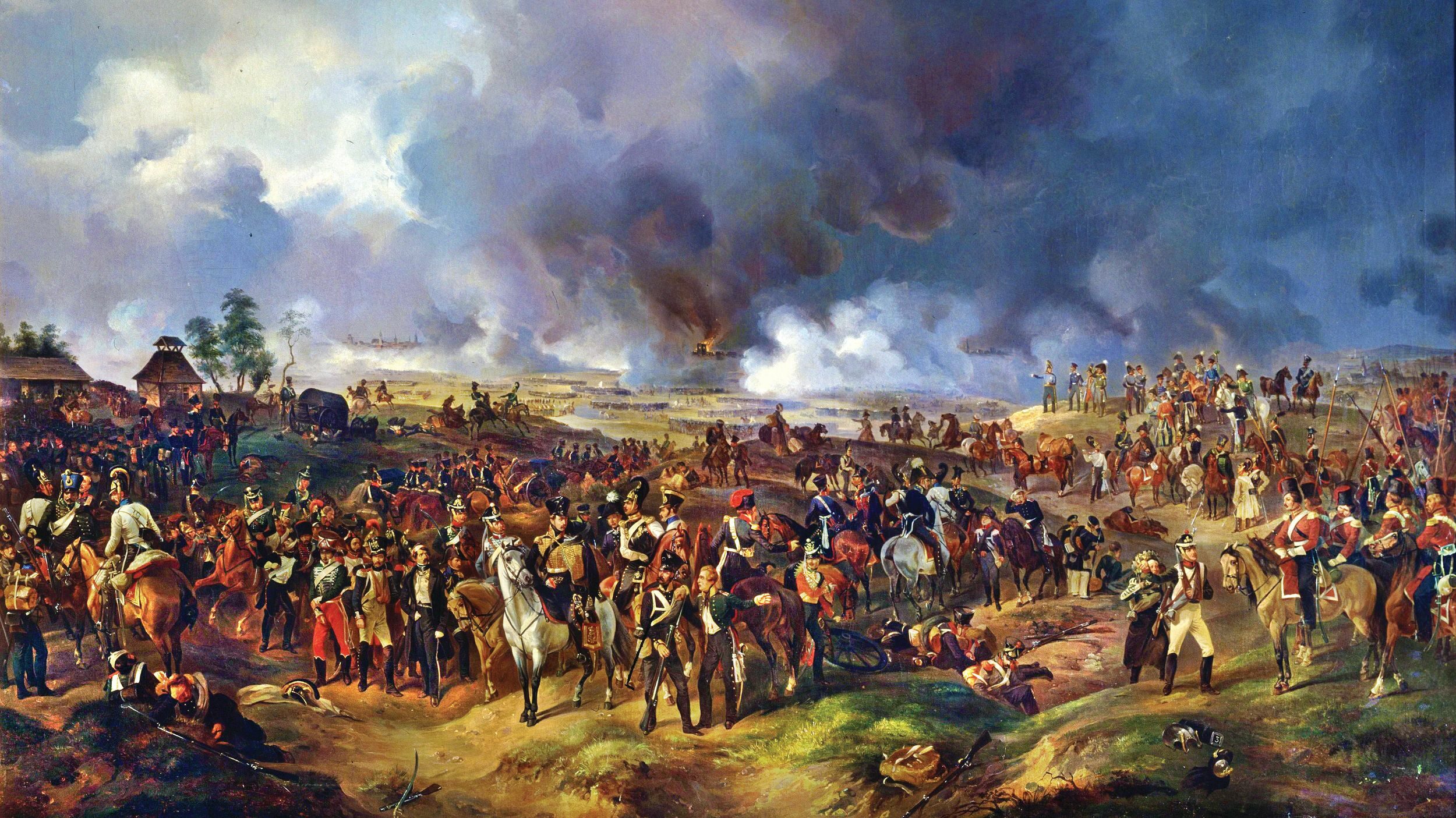
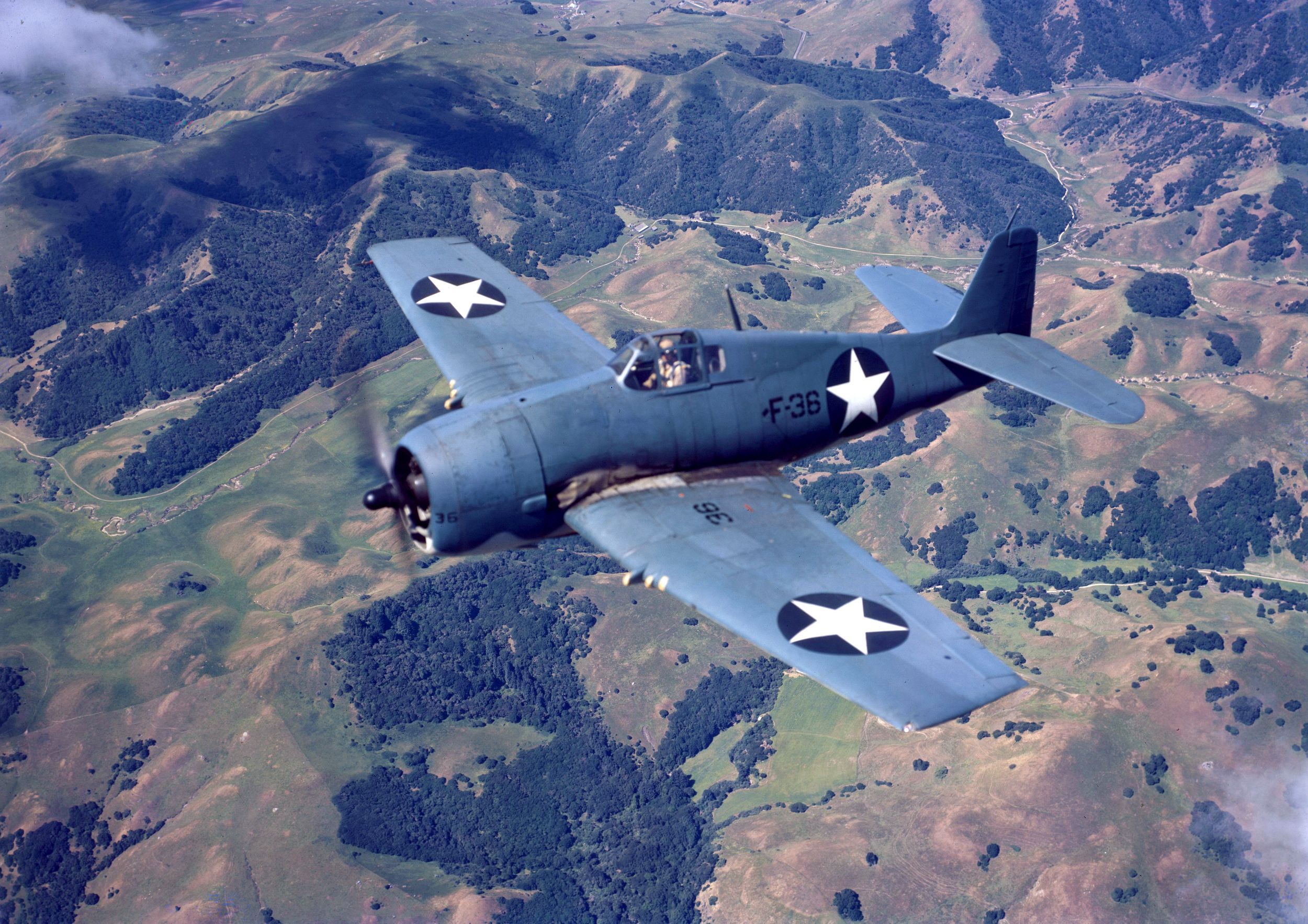
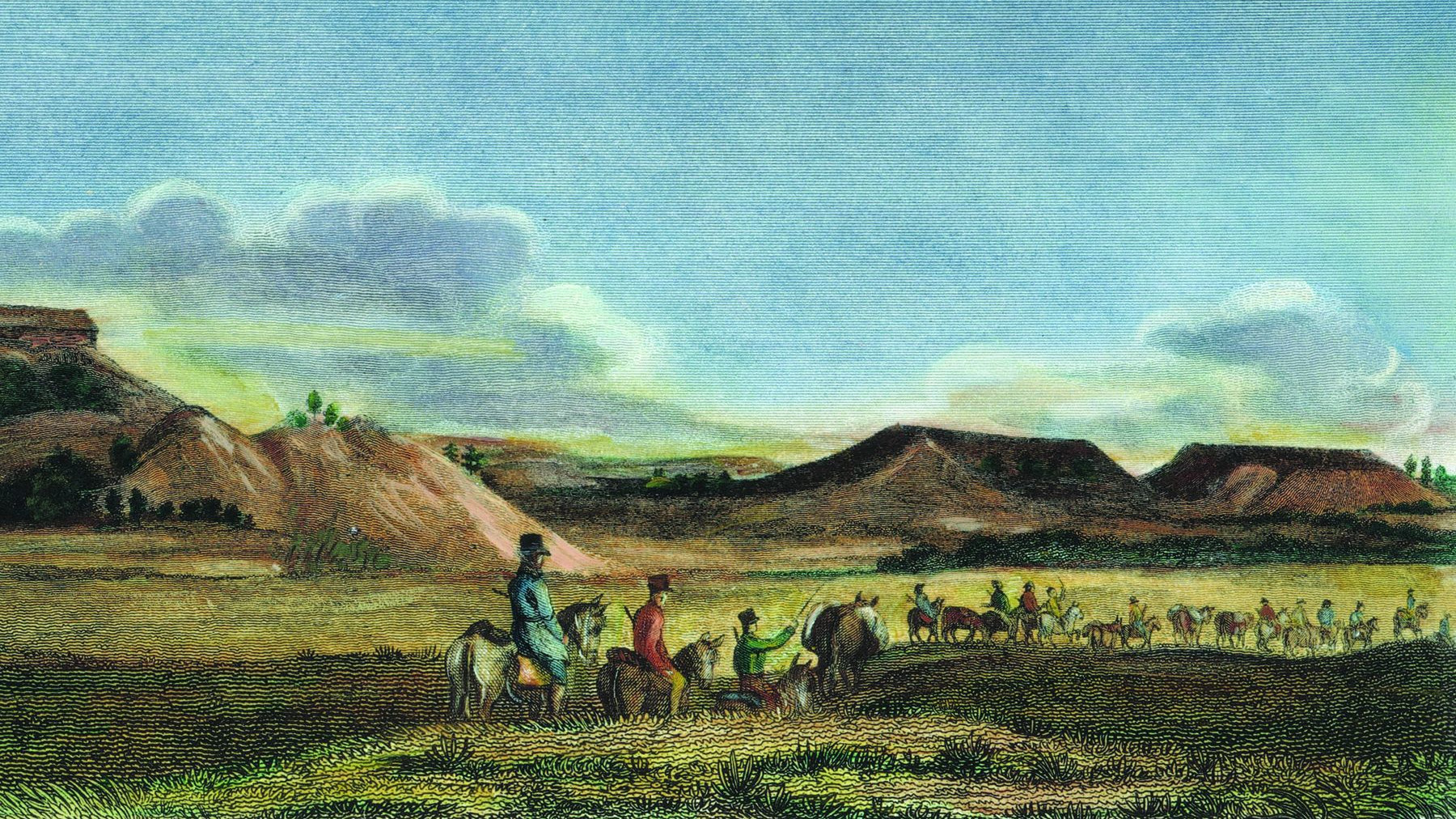
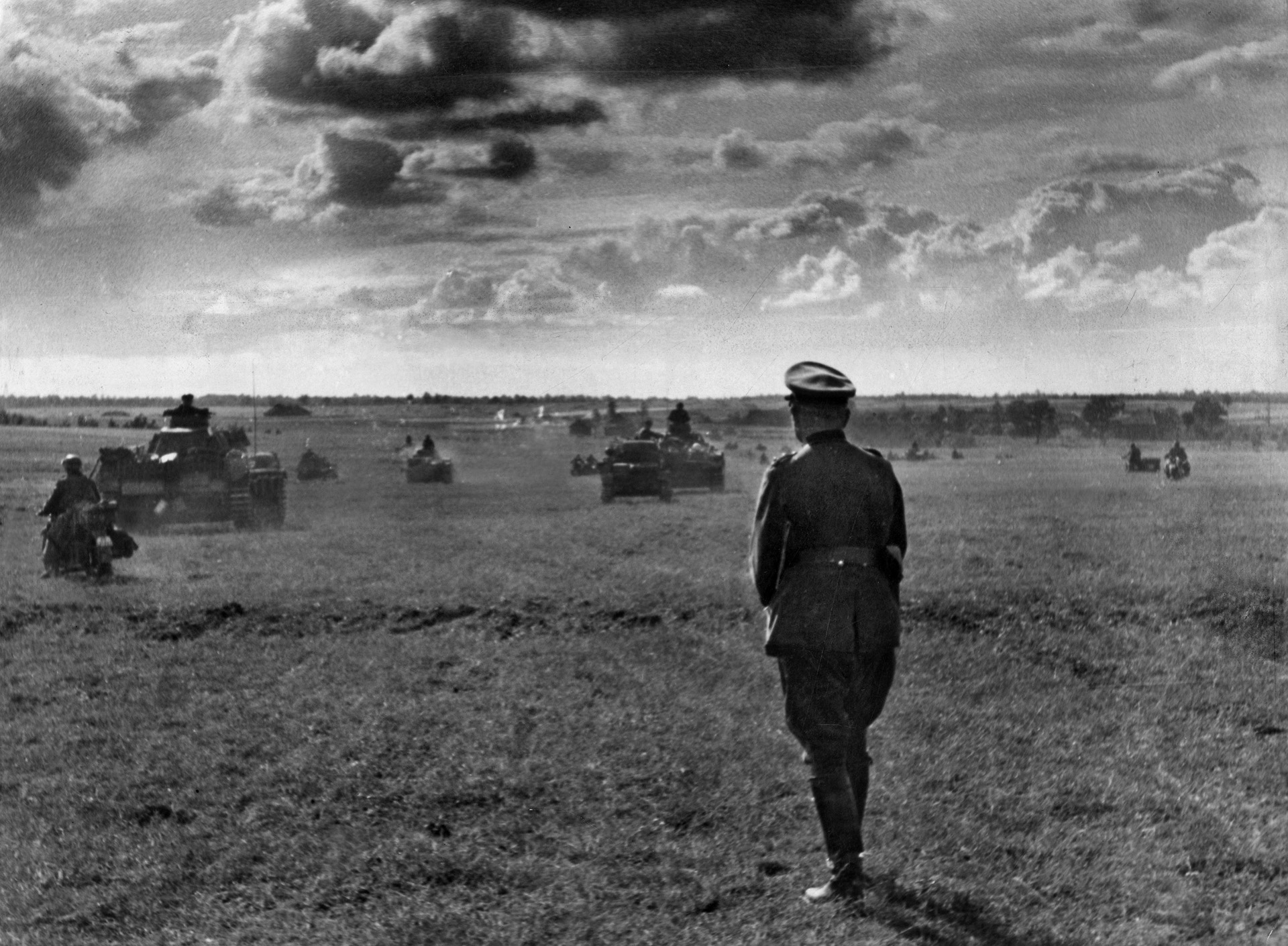
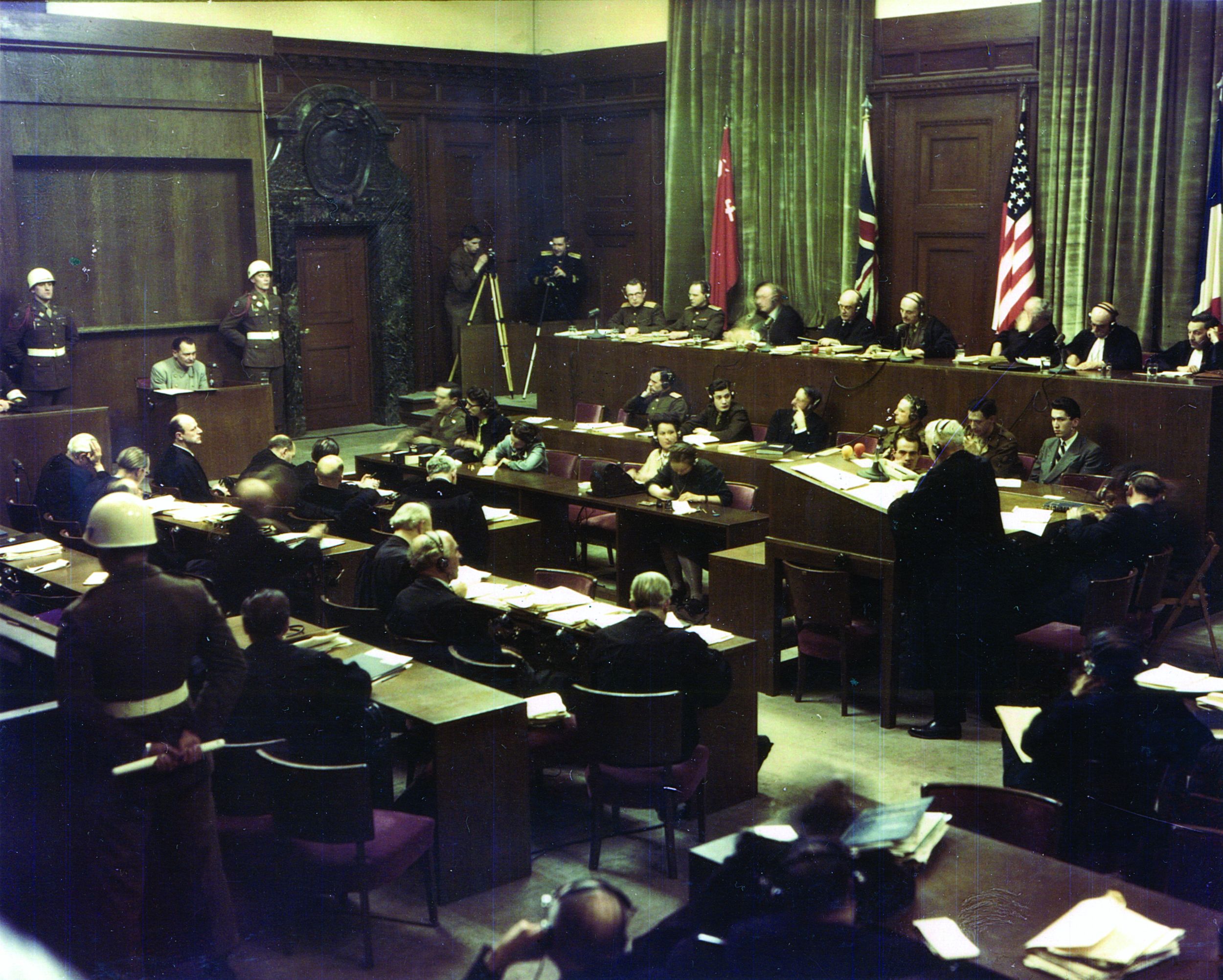
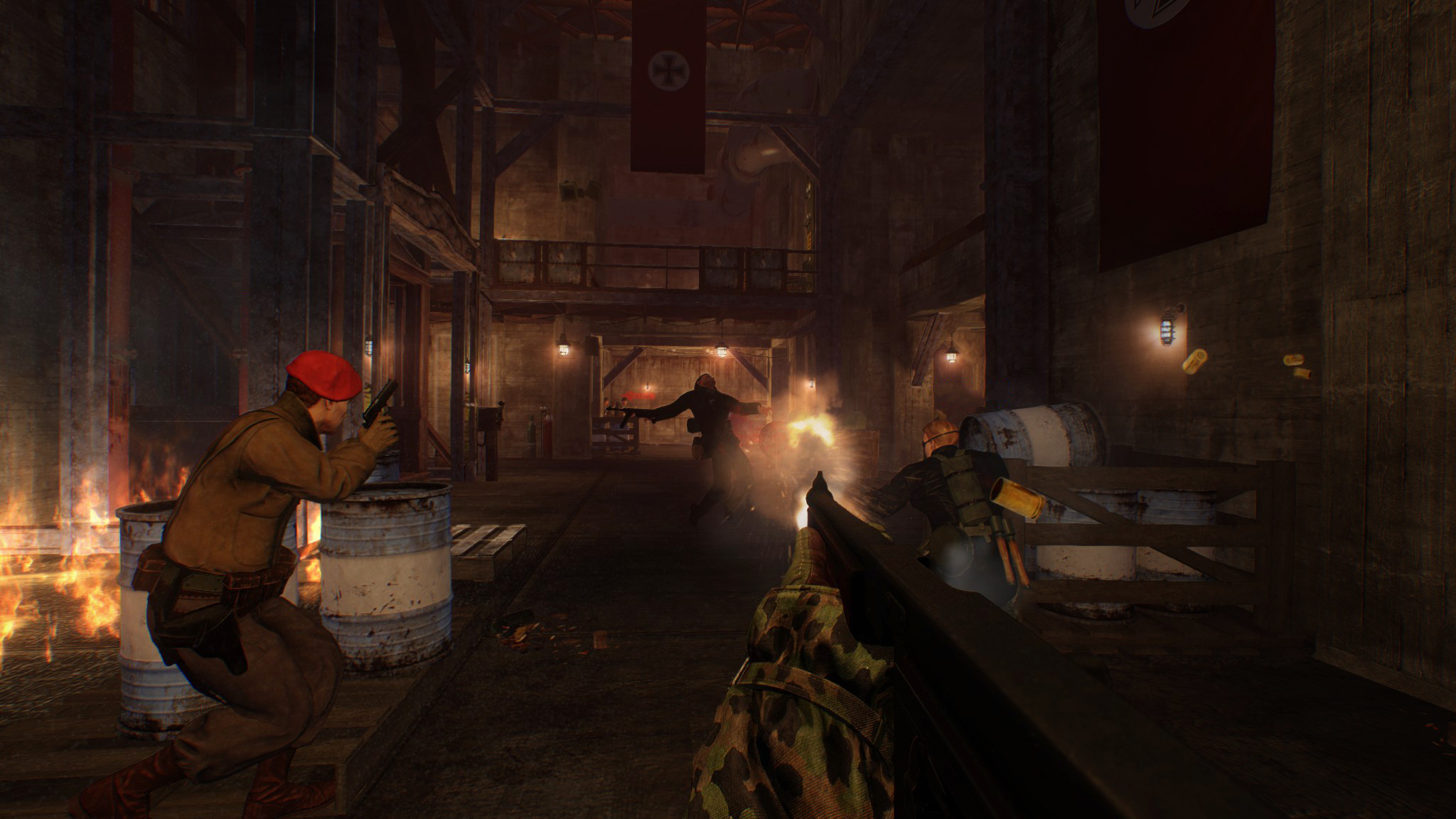
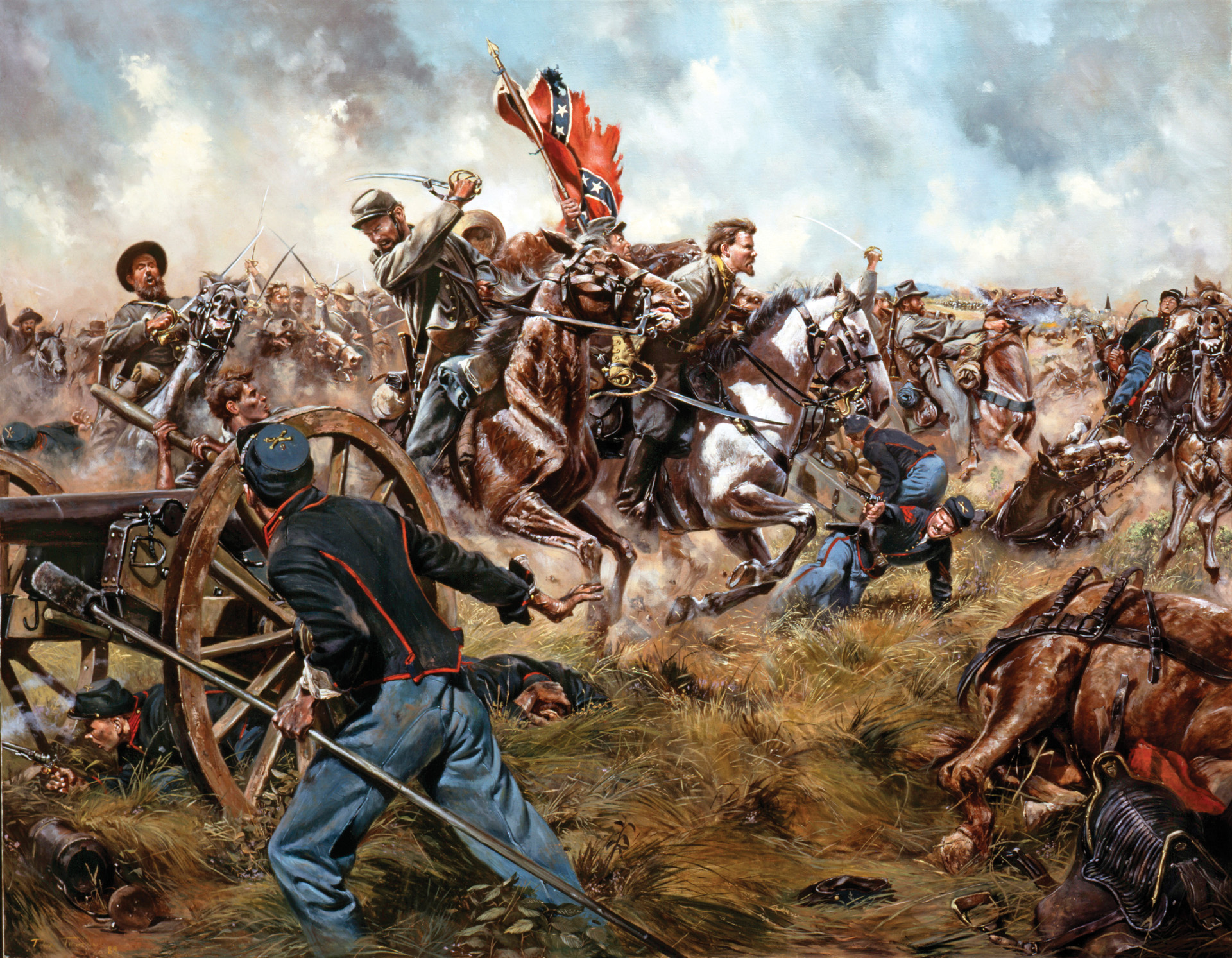
Join The Conversation
Comments
View All Comments